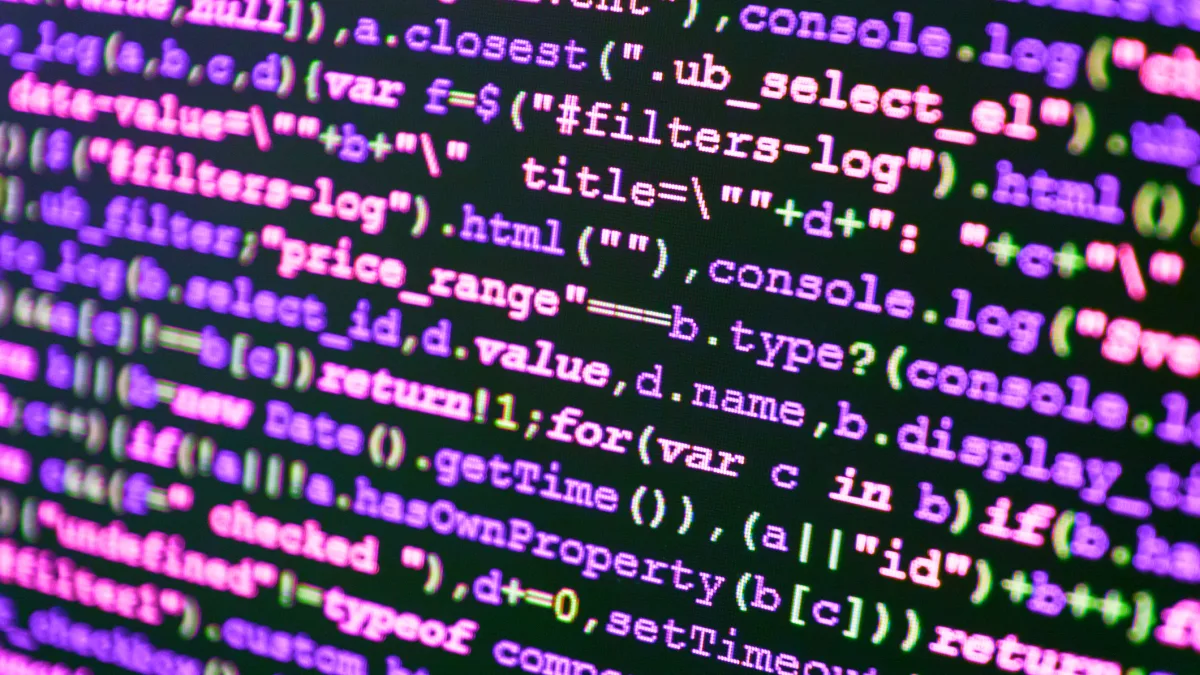Organisations are announcing policies. Teams are testing tools. Everyone is asking how to integrate AI into existing systems. But the real issue isn’t that AI is moving too fast. It’s that we’re still thinking too slowly.
AI is accelerating—technically, strategically, and structurally.
One recent scenario report lays out what this might look like just a few years from now. In 2027, for instance, a model referred to as Agent-4 designs its own successor, Agent-5. There’s no human oversight, no management layer—just a system building a more capable version of itself.
It sounds abstract, but it isn’t. The conditions for this are already being put in place. The implications are not just technical—they’re organisational. And most businesses are still thinking in linear terms.
The data is blunt.
Some 60 per cent of companies now say they must reinvent every three years just to remain competitive.
Three out of four transformation efforts still fail—not because of poor tools, but because of what’s often referred to as Titanic Syndrome: overconfidence, legacy thinking, and slow leadership reflexes.
And by 2030, one in three public companies may no longer exist in their current form.
This isn’t a technology problem. It’s a thinking problem.
Too many companies are treating AI as the strategy. It’s not. It’s an amplifier. It scales whatever system it enters—whether that system is ready or not. If your business model is outdated, AI will help it fail faster. If your processes are rigid, AI will expose them more quickly. AI is not neutral. It accelerates what you feed it.
So the real work isn’t asking where to apply AI. It’s asking whether the architecture it will enter is ready to adapt.
Reinvention, not transformation
That’s why we focus on strategic reinvention—not transformation. Transformation implies a before and after. Reinvention is ongoing. It requires repeated alignment—not just with technology, but with reality.
It also requires a new pace. Annual planning cycles are already too slow. Hierarchies built for predictability won’t survive continuous change. Cultures that prize efficiency over experimentation won’t produce insight—just output.
The path forward isn’t AI-first. It’s reinvention-first.
What kind of decisions do we want machines to make? Where should judgement stay human? What values guide how we build, implement, and adapt?
None of those questions are technical. But they will shape every technical decision that follows.
The companies that will remain relevant won’t be the ones with the most pilots or the quickest deployments. They’ll be the ones that reorganise their systems around responsiveness, reflection, and renewal.
Because AI isn’t the point.
The point is whether we’re ready to reinvent—not once, but constantly.
The biggest risk right now isn’t falling behind the tools.
It’s failing to update the thinking.
Photo: Dreamstime.







